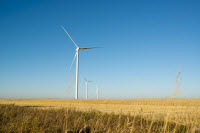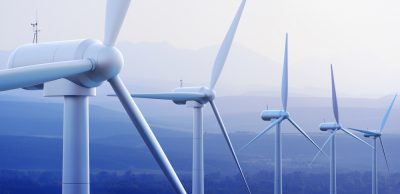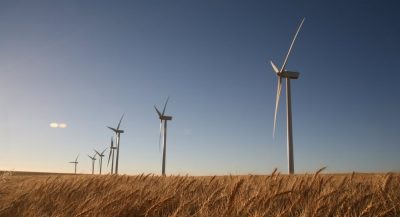Alberta to have some of the lowest electricity rates in Canada
 As part of the Climate Leadership Plan to replace coal-generated electricity with clean energy, Alberta plans to add 5,000 megawatts of renewable energy capacity by 2030. To meet this target, the Alberta Electric System Operator opened a bidding process to allow companies to compete on building renewable energy projects in the province.
As part of the Climate Leadership Plan to replace coal-generated electricity with clean energy, Alberta plans to add 5,000 megawatts of renewable energy capacity by 2030. To meet this target, the Alberta Electric System Operator opened a bidding process to allow companies to compete on building renewable energy projects in the province.
Record-Low Electricity Prices
Alberta’s government announced three successful bidding companies from the first round of competition on Dec. 13. Combined, these three companies – Capital Power, EDP Renewables Canada Ltd. and Enel Green Power North America, Inc. – will develop a projected 600 megawatts of renewable electricity, enough to power 255,000 homes.
This estimate is 200 megawatts more than planned, due to better-than-expected bid prices from the developers. All three projects will be up and running by the end of 2019.
The opening round of bidding set a record for the lowest renewable electricity pricing in Canada, with a weighted average price of 3.7 cents per kilowatt-hour. As a point of comparison, the weighted average price for a similar project launched in Ontario in 2016 was 8.5 cents perkilowatt-hour.

The provincial government said this pricing exceeded their expectations, and meant Alberta would have some of the lowest electricity rates in Canada, as well as throughout North America.
The Winning Bidders – A Closer Look
Capital Power
- A publicly traded company headquartered in Edmonton, publicly traded company
- Will build a 201-megawatt wind farm 60km southwest of Medicine Hat
- Owns 4,500 megawatts of generation at 24 facilities in Canada and the U.S., including:
- 500 megawatts of wind power across Alberta, B.C., and Ontario
- The 150-megawatt Halkirk wind farm in Alberta

EDP Renewables Canada Ltd.
- Headquartered in Portugal with a presence in 16 countries
- The world’s fourth-largest wind energy producer
- Will build a 248-megawatt wind farm east of Hanna, roughly 50km north of Oyen
- Operates a 30-megawatt wind farm, with another 100-megawatt wind farm under development, both in Ontario

Enel Green Power North America Inc.
- Operates in 16 countries, with its company headquarters in Italy
- Constructed more than 2,000 megawatts of renewable power worldwide in 2016
- Will build two projects, a 115-megawatt wind farm and a 31-megawatt wind farm, just outside of Pincher Creek
- Operates 76-megawatt Castle Rock Ridge wind farm in Alberta, co-generation plants in Quebec and a wind farm in Newfoundland

The government is currently developing the next rounds of the competition, and expects to release more details within the next few months.
The Economic Benefits of Going Green
The provincial renewable energy project is just one part of a large-scale environmental initiative that the government expects will inject more than $10 billion of investment into Alberta’s economy, as well as spur the creation of more than 7,200 new jobs for Albertans.
A provincial climate effort offers $347 million for the oil sands industry to research new ways to stimulate production levels, while simultaneously reducing emissions and correcting to accommodate new rules for large emitters expected from the provincial government before the end of the year.
Other funds will be invested in ways the agricultural and manufacturing sectors can reduce emissions, grants from bioenergy projects and loan guarantees for renewable energy.




